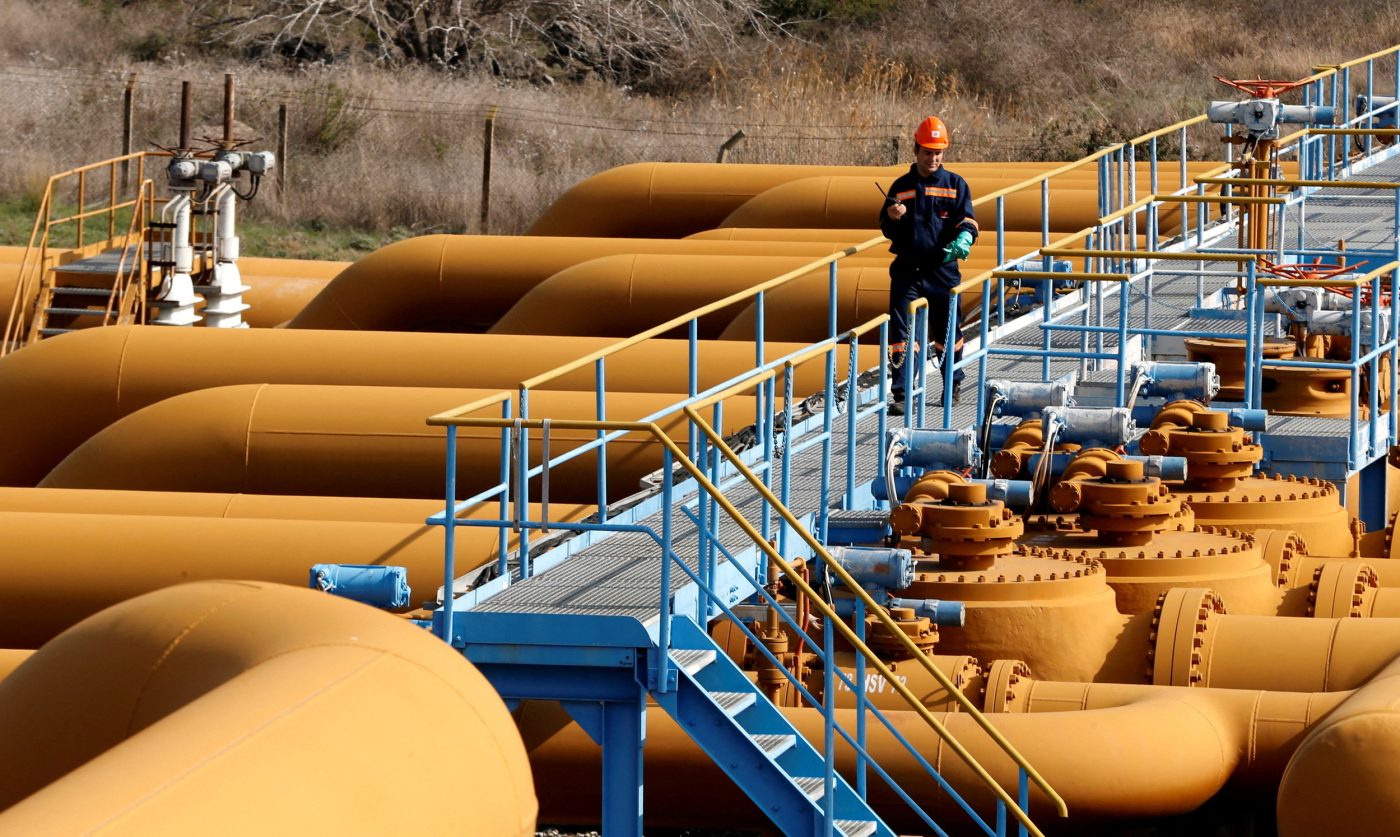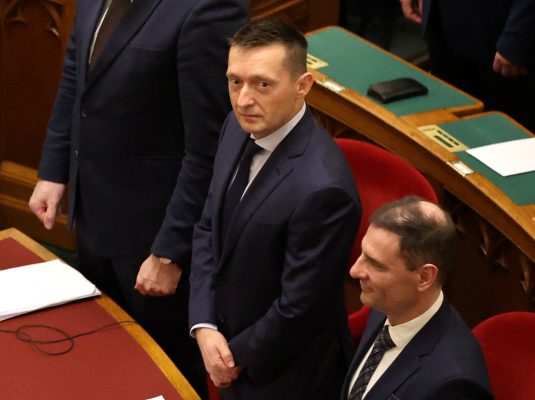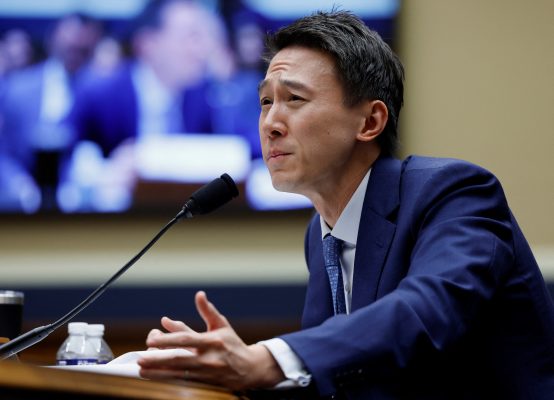Seen from above, the energy pipelines that feed European homes and businesses represent a spaghetti plate of twisting routes whose origins are far from clear. That apparent complexity is useful for those, like Russia, seeking to recapture the markets lost as a result of its aggression against Ukraine.
And that’s why it is worthwhile watching meetings like the April 25 gathering of six countries in Sofia as they seek to resurrect a gas corridor.
At first sight, the project, previously known as Eastring, now dubbed Solidarity Ring, may seem a sensible attempt to diversify resources. The route would allow Azerbaijan, Turkey, Bulgaria, Romania, Hungary, and Slovakia to move gas from the South Caucasus to Southern Europe and beyond.
On closer inspection, however, it should raise serious concerns. The route can be used by the Kremlin to circumvent Western attempts to phase out Russian gas and by Turkey to pursue its own interests. It would also present European taxpayers with the bill.
The first problem is the source of gas.
The EU and Azerbaijan signed an agreement in July to double supplies to Europe to 20bn cubic meters(bcm)/year by 2027.
While volumes delivered by Azerbaijan via the dedicated Southern Gas Corridor linking Turkey to Southern Europe were critical during last year’s energy crisis, there is no guarantee the country can significantly increase production in the mid-term. In fact, BP, the operator of the Shah Deniz field in Azerbaijan, said last year it could not commit to supplying the additional 10bcm/year.
Meanwhile, other major offshore Caspian fields such as ACG Deep, Absheron Phase II, Karabakh, and Babek are, in a highly optimistic scenario, likely to come onstream only at the end of the decade and subject to long-term commitments from buyers.
This means that if the countries now promoting the Solidarity Ring are keen to import Caspian gas by 2027, they would have to find alternative sources to feed this route. Proponents suggest Turkmenistan could fill the gap, particularly as political relations between it and Azerbaijan have been improving in recent years.
But when Azerbaijan ran short last year, it turned to Russia rather than Turkmenistan and that may suggest that Baku will again view the former as its preferred option in the future. The country started importing Russian gas under a short-term 1 bcm deal, which enabled it to meet growing domestic demand.
In the future, it could expand imports via the 10bcm/year Mozdok-Gazimagomed interconnector line with Russia and deliver volumes, either entirely or partially of Russian origin, to Eastern and Central Europe via the Southern Gas Corridor.
This would provide Russia with an opportunity to retain its grip over a region it had historically dominated, but would come at a very significant political cost and would offer barely any real diversification.
A second concern relates to the fact that the Solidarity Ring route will isolate Moldova and Ukraine and block Greece from supplying alternative volumes imported as liquefied natural gas (LNG) from the global market.
Meanwhile, the five transit countries are urging the European Union (EU) to fork out close to €1bn ($1.1bn) to expand the transmission infrastructure along the route to allow prospective volumes to be shipped northwards from the Turkish-Bulgarian border to the Hungarian-Slovak interconnector via Romania.
It is hard to understand the logic. It is highly questionable whether the EU should spend large sums expanding or building new gas infrastructure when it seeks to abandon fossil fuels; one should also question why these countries insist on this option rather than using the existing Transbalkan corridor. The latter, which was the historical route for Russian gas, linking Ukraine to the Balkans and Turkey, lies mostly idle after Russia diverted flows to the newly-built TurkStream 1 and 2 via the Black Sea. Its north-to-south transmission capacity is 26bcm/year.
With comparatively smaller investments in additional compression in Bulgaria and Ukraine, flows could be reversed from south-to-north to ensure a minimum transit capacity of 10bcm/year.
Resurrecting the full stretch of the Transbalkan corridor would allow companies to get energy from a variety of sources, including on the global LNG market, and import it in reverse from Greece or Turkey, via Bulgaria, Romania and onto Hungary and Slovakia via Moldova and Ukraine.
The Transbalkan pipeline and the Ukrainian transmission system would not only be more cost-effective but would also ensure all countries in the region have fair and equal access to supplies.
A third concern relates to the role played by Turkey in the Solidarity Ring project.
The country aims to position itself as a hub, transiting Russian and Caspian gas via the TurkStream and Southern Gas Corridors to Europe. This month, it also brought the first phase of its Black Sea gas production onstream.
While Turkey’s vision may be a far cry from the market-oriented gas hubs operating in western Europe, there are concerns the country would work with Russia to import more gas for onward sales to Europe, by re-labelling it as Black Sea or Caspian gas.
European buyers would have no way of tracking the origin of the molecules since neither Turkey nor Bulgaria is taking active steps to provide information.
Finally, by securing transmission capacity via Bulgaria for large imports of gas from Turkey to Romania and Central Europe, the Solidarity Ring would block Greece from becoming a supply route because the current Bulgarian system would be congested and unable to handle imports from both Greece and Turkey. It is no secret that the two countries have a troubled relationship and it’s reasonable to infer that Greece’s loss causes no distress in Ankara.
After decades of crippling dependence on Russia, the region has a real chance to integrate its markets and diversify away from Russian gas while also preparing for a smooth transition to green economies of scale.
However, rather than bringing inclusion and diversity, the Solidarity Ring proposed by Turkey, Bulgaria, Romania, Hungary, and Slovakia will fragment the region and potentially deepen its dependence on Russia while leaving no room for transparency and oversight.
Given these strong arguments, the EU still has an opportunity to refuse funding and discourage proponents from proceeding.
Aura Sabadus is a Non-resident Senior Fellow with the Democratic Resilience Program at the Center for European Policy Analysis (CEPA).She works as a journalist specializing in European energy markets for the London-based Independent Commodity Intelligence Services (ICIS).
Europe’s Edge is CEPA’s online journal covering critical topics on the foreign policy docket across Europe and North America. All opinions are those of the author and do not necessarily represent the position or views of the institutions they represent or the Center for European Policy Analysis.

CEPA at 20
Celebrating 20 Years of Leadership in Action




